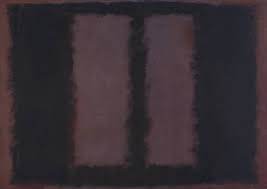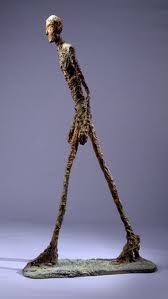Where you sit affects your weight loss for diets
Readers of this blog are familiar with my particular and specific interest of the boundaries of psychology and cosmetic plastic surgery. Here is a new nugget to put on your table when trying to lose weight. See my previous post about weight loss diets:
In my post above, I describe experiments affecting weight loss. Size of plates (obviously), color of food (!), contrast between plate and place mat (!!) — these things all affect our eating behaviors. How we arrange our physical world changes our intake of food. Your intake can be lessened or increased, depending on where you want to be on a weight scale. Being told that we are eating a large portion will make us eat less and leave food on the plate, while being told it is a small portion will invariably lead to all food being eaten—in the experiment, the amount of food on the plates was equal in each case!
The latest research shows that our eating habits can further be influenced by our immediate physical surroundings and by not-so-subliminal references to our weight. Weight loss is affected by where we sit!
Eating habits affected by photos
In a study conducted in Switzerland, researchers placed test subjects in a room with chocolates and asked them to fill out some evaluation forms about the taste. After all, these were Swiss chocolates! Subjects were free to eat as many as they wanted. Half of them were in a room with a computer screen showing a photo of Giacometti sculptures—tall, narrow, anorexic human figures the Swiss sculptor is famous for. The other half was in a room with an abstract photo of a painting by Mark Rothko on the screen. Which group ate more chocolates? That’s right (pretend, even if you got this wrong): the group with the Rothko painting in the room ate more. Subjects in the Rothko painting room ate an average of 6.4 pieces of chocolate, while those in the Giacometti thin human form room averaged 4.7.
Rothko watchers eat more
Most importantly, a majority of participants did not even notice the photos on the screens—on a conscious level. They did notice them on a subconscious level, however, in their peripheral vision, and it seems that this was enough to make them eat less. Why?
It could be that the thin Giacometti figures remind us of being thin, and eating chocolate is associated with getting fat. Or is it guilt that tells us not to eat too much when there are hungry-looking people around? Any ideas about this weight loss method?
Eating affected by recording weight
In another Swiss research study also involving chocolates, two groups were given questionnaires to fill out that included information about age, sex and weight. One group filled out the questionnaires before tasting the chocolates, the other after tasting. My paragraph title already gives you a clue as to what happened. Those who wrote their weight down before the tasting ate less than those who ate chocolates and then wrote down their weight and other vital statistics at the end. Except for men, that is! Women ate less when indicating their weight, but not men. I don’t know why. Maybe it has to do with the particular sensitivity women in Western societies have regarding their weight—something men as a group do not have. There are far fewer men on diets than there are women concerned with their weight and on weight loss programs.
To be fair, it has to be noted that these experiments used Swiss chocolate, which is particularly tempting. Nevertheless…









Recent Comments